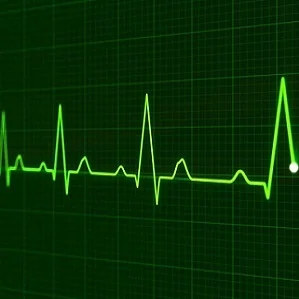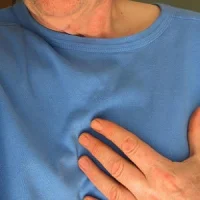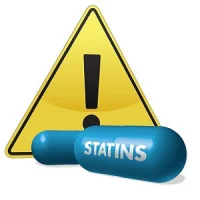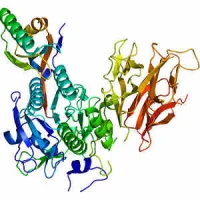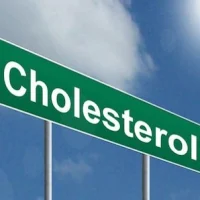A
large, cohort study published in JAMA
Cardiology demonstrates that there is an inverse association between
intensity of statin therapy and mortality risk in patients with atherosclerotic
cardiovascular disease (ASCVD).
See Also: Statin vs Nonstatin Therapies for Lowering LDL-C
Statin therapy remains the cornerstone for the prevention of ASCVD. Despite evidence that the use of statins reduces the risk of future cardiovascular events and mortality, statin therapy is underused even in patients at high risk of cardiovascular events and death. The guidelines of the Veterans Affairs (VA) healthcare system recommend moderate-intensity statin therapy for most patients with ASCVD, citing insufficient evidence for recommending high-intensity statin therapy except in some patient groups at high risk for ASCVD.
Fatima Rodriguez, MD, MPH, of Stanford University, and colleagues assessed 1-year cardiovascular mortality by intensity of statin therapy in patients with ASCVD treated in the VA healthcare system. The cohort study sample included 509,766 adults, aged between 21 and 84 years, with ASCVD at baseline (mean age, 68.5 years; 499,598 men and 10,168 women). In total, 150,928 (29.6%) had been receiving high-intensity statin therapy, 232,293 (45.6%) had been receiving moderate-intensity statin therapy, 33,920 (6.7%) had been receiving low-intensity statin therapy, and 92 625 (18.2%) had received no statins. Intensity of statin therapy was defined by the 2013 American College of Cardiology/American Heart Association guidelines, and use was defined as a filled prescription in the prior 6 months.
During a mean follow-up of 492 days, there was a graded association between intensity of statin therapy and mortality. More specifically, 1-year mortality rate was 4% for those receiving high-intensity statin therapy was, 4.8% for those receiving moderate-intensity statin therapy, 5.7% for those receiving low-intensity statin therapy, and 6.6% for those not receiving statin therapy. The researchers also found that the maximal doses of high-intensity statins (atorvastatin, 80 mg, and rosuvastatin, 40 mg) conferred the greatest survival advantage compared with submaximal doses of high-intensity statins. The benefits of high-intensity statins were consistent for those older than 75 years.
The
findings of the current study suggest “there is a substantial opportunity for
improvement in the secondary prevention of ASCVD through optimization of
intensity of statin therapy.”
Source: JAMA
Cardiology
Image Credit: Wikimedia Commons





